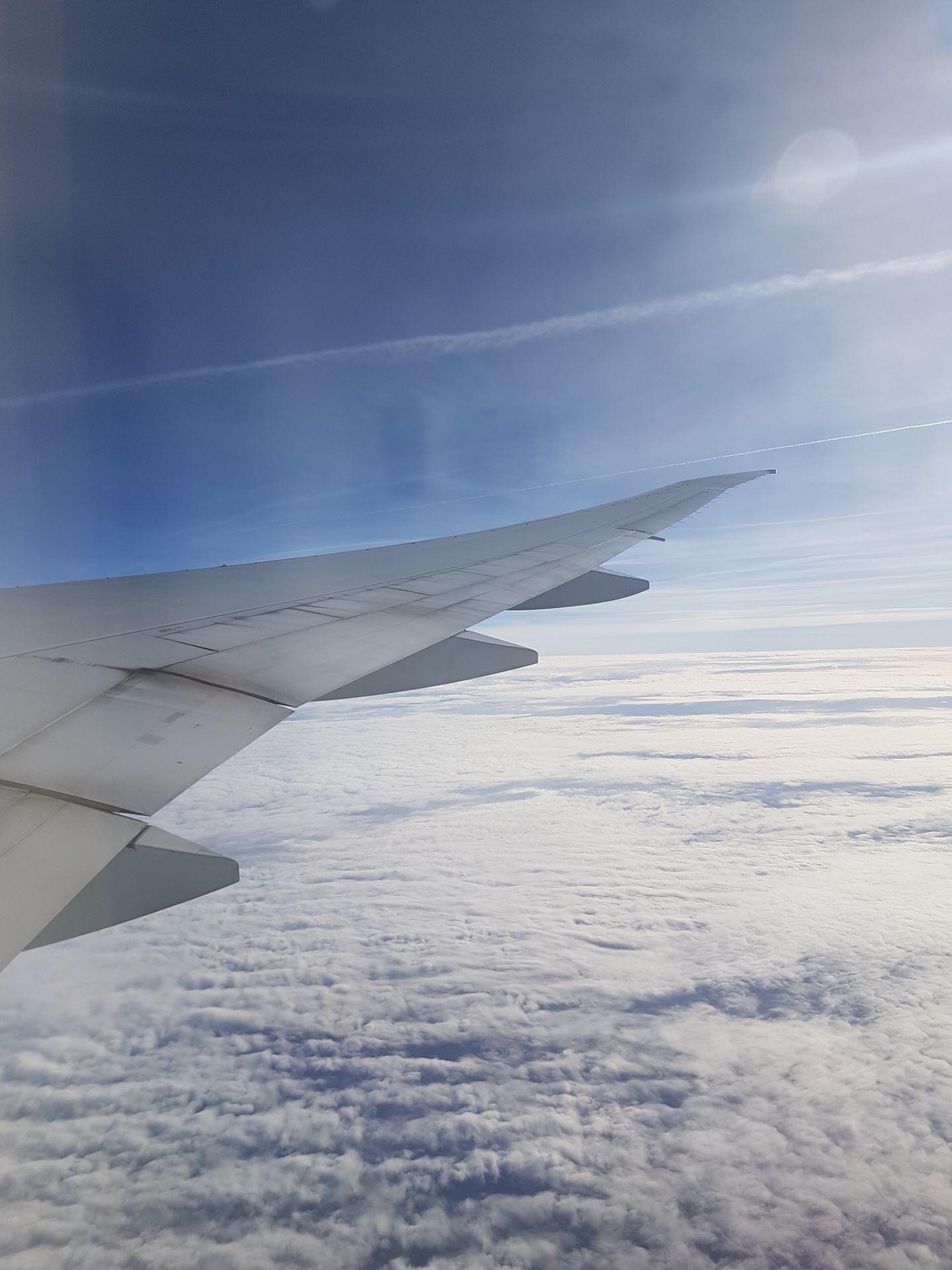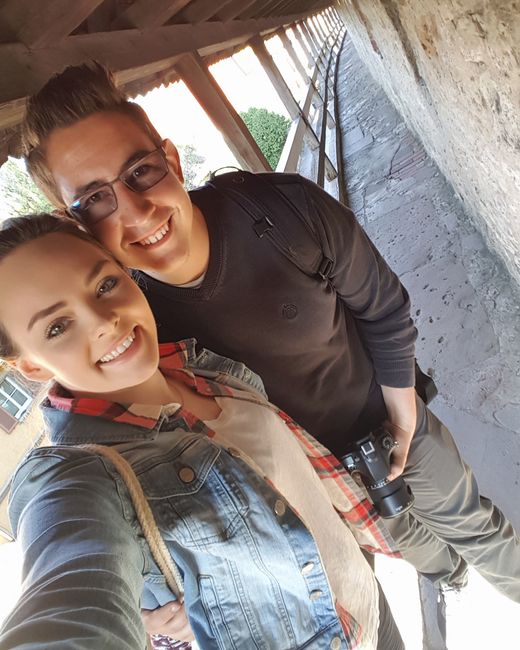28/11/2017 - Waitangi Treaty Ground
発行済み: 04.12.2017
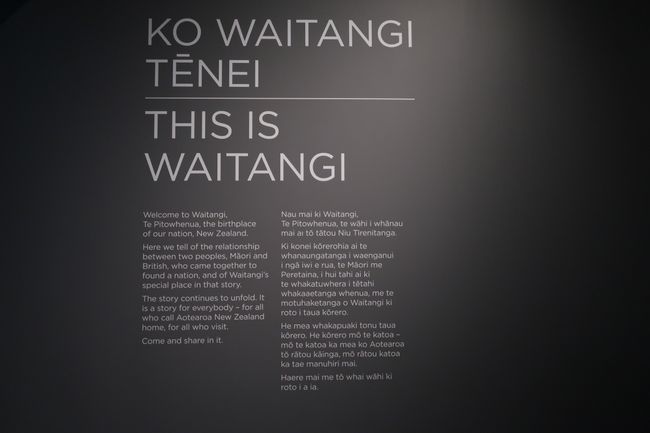
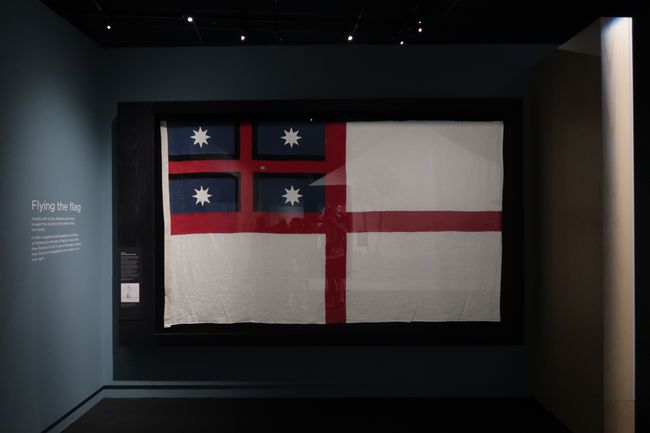
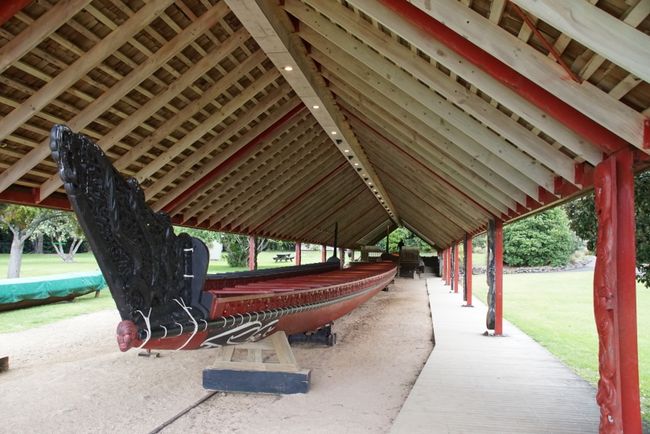
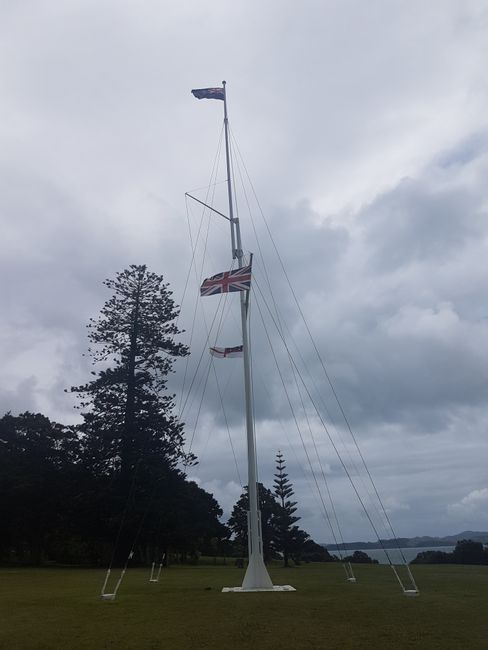
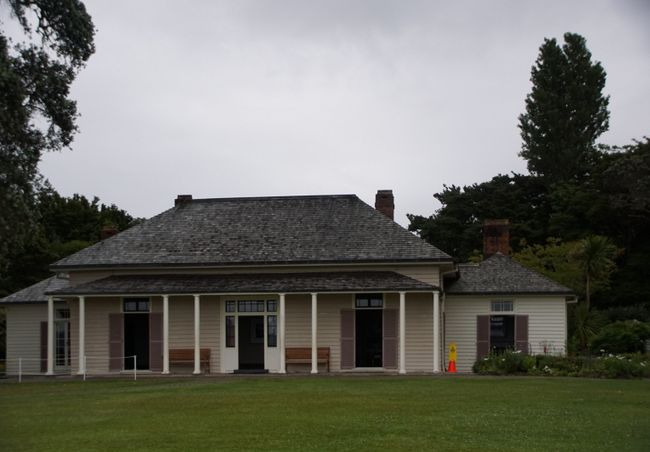
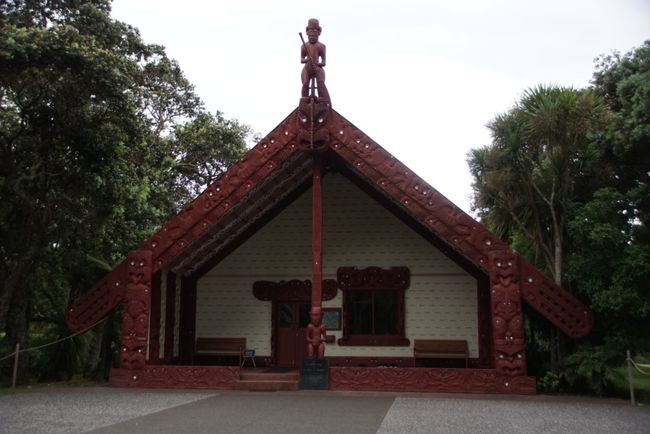
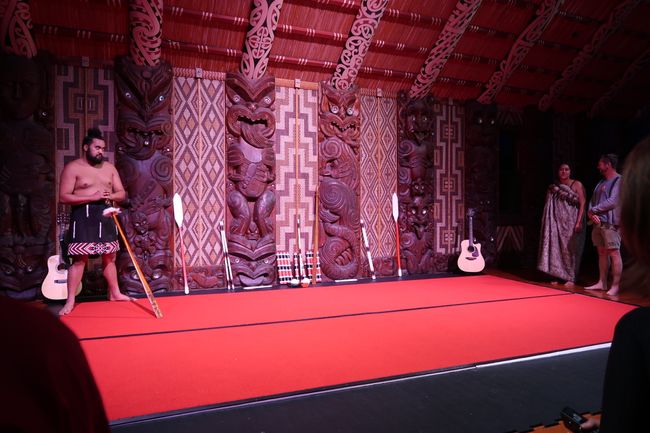
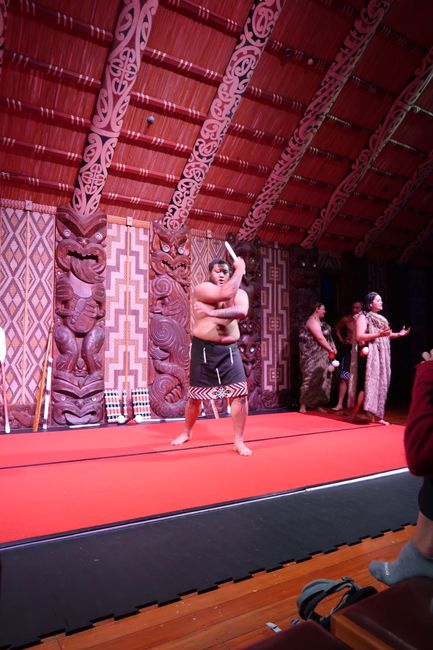
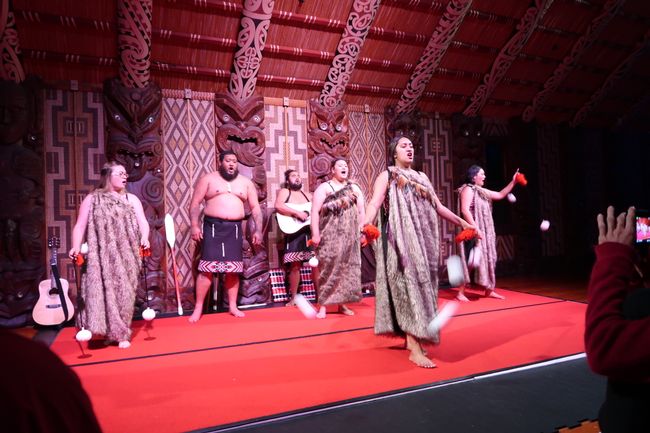
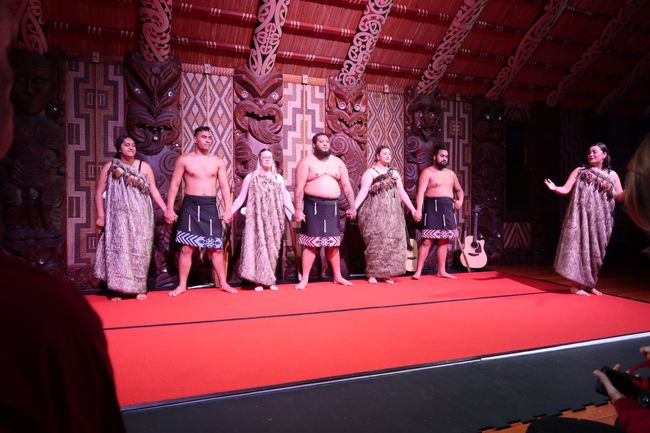
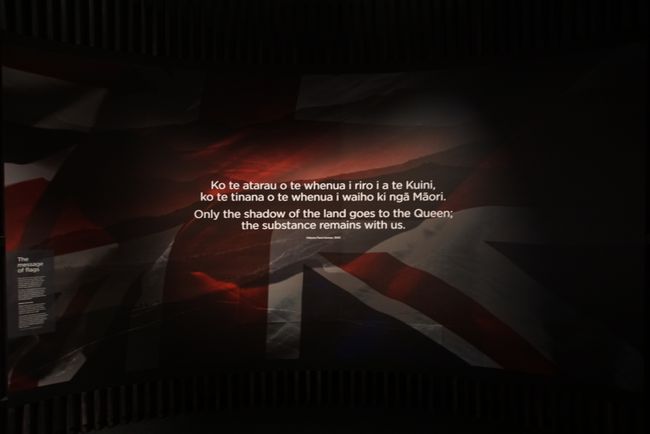
ニュースレターを購読します
Already the day before, we crossed over from Russell to Paihia by car ferry. After only one hour of driving time, we arrived early at the next campsite and used this opportunity to do laundry and go shopping.
The campsite is beautifully located on the Waitangi River and the port of Paihia can be reached on foot within 20 minutes.
The main reason why we chose this campsite is its proximity to the 'Waitangi Treaty Ground'. This place has a very important historical significance for the new New Zealand. In 1840, the treaty between the Maoris and the British Crown was translated and signed here. The museum provides detailed information about the treaty, which includes affiliation with Great Britain. It also delves into the history of the Maoris and the newcomers and the problems this brought with it.
In addition to the museum, the admission price includes a tour of the entire grounds and a cultural performance by the Maoris.
After a short walk from the campsite, we reached the main entrance of the museum. Since we had some time to bridge until our tour started, we went to the museum first. At the beginning, the history of the sailors who arrived in New Zealand is explained. It is told that there were misunderstandings and fights between pioneers and indigenous Maoris. Many European sailors in particular wanted to claim a piece of land and did not consider either land or people. This was also one of the main reasons why the Maoris chose Great Britain at that time. They hoped for protection and security for their land and tribes.
At exactly 11:00 am, our tour of the Waitangi Treaty Grounds began. A local guide led the group to a highlight of the entire exhibition - the 35-meter long war canoe 'Waka Taua'. Three approximately 800-year-old kauri trees had to give their lives for the construction of this canoe. It can accommodate 160 warriors and is launched into the water every year on February 6th, on 'Waitangi Day'. The detailed carving art and size of this canoe is impressive.
Next, we went to the flagstaff, where three different flags are hoisted. You can see: the first flag of New Zealand, the British National Flag, and the current New Zealand flag, which has been officially recognized since 1902. In addition to the flagstaff, the 'Treaty House' is located on the hill. In this house, the British treaty was translated into Maori. In addition, the first signatures of tribal leaders were collected here. Our group guide told us that she belonged to a tribe that also signed the treaty at that time. She mentioned that she was very proud that the Maoris still have so much say at all levels today. So, in addition to English and sign language, Maori is also a recognized official language of New Zealand. After she blessed our group in Maori, she said goodbye.
We then went on to visit a meeting house of the Maoris, which is located opposite the Treaty House. The house was opened for the 100th anniversary on February 6th, 1940, and is made entirely of carved wood. Here, seven Maoris perform daily shows. They showed us a range of war dances, traditional instruments, and folk songs. The entire performance was fueled by the emotions they conveyed through their body language and expressions (especially their eyes and mouths). We were totally amazed and if it were up to us, they could have danced and sung for hours.
Afterwards, we explored the rest of the exhibition. After a total of five hours, we left the 'Waitangi Treaty Grounds'.
In conclusion, we can say that the visit is definitely worth it, as the museum is very modern and informative. Everyone who visits this country should familiarize themselves with the fascinating history of the Maoris and their significance for the country.
ニュースレターを購読します
答え (1)
Wolfgang
Immer wieder sehr spannend was Ihr so erlebt. Das Allgemeinwissen über New Zealand steigt stetig. Weiter so....Daumen hoch! ;-) 
旅行レポートニュージーランド
